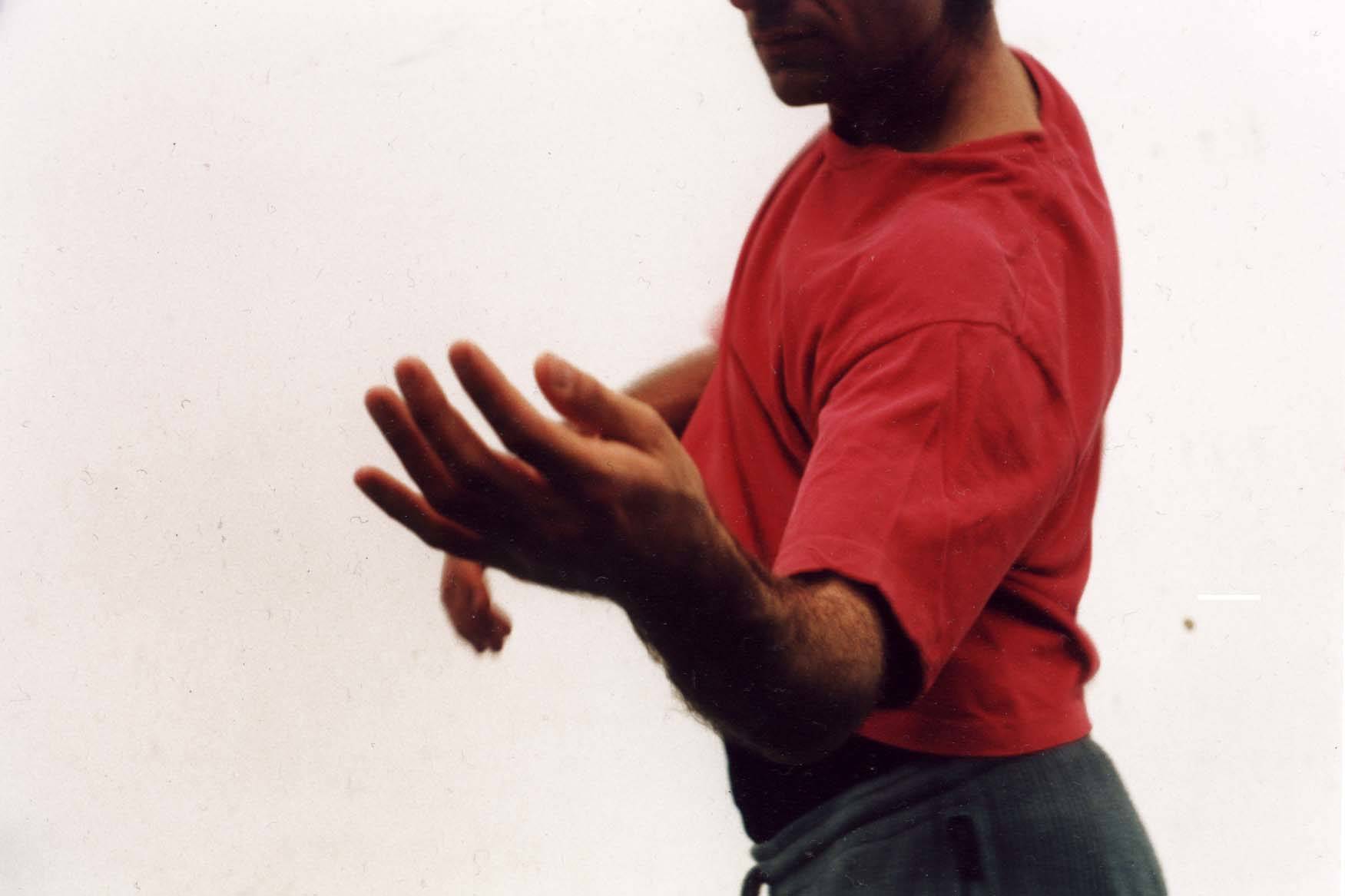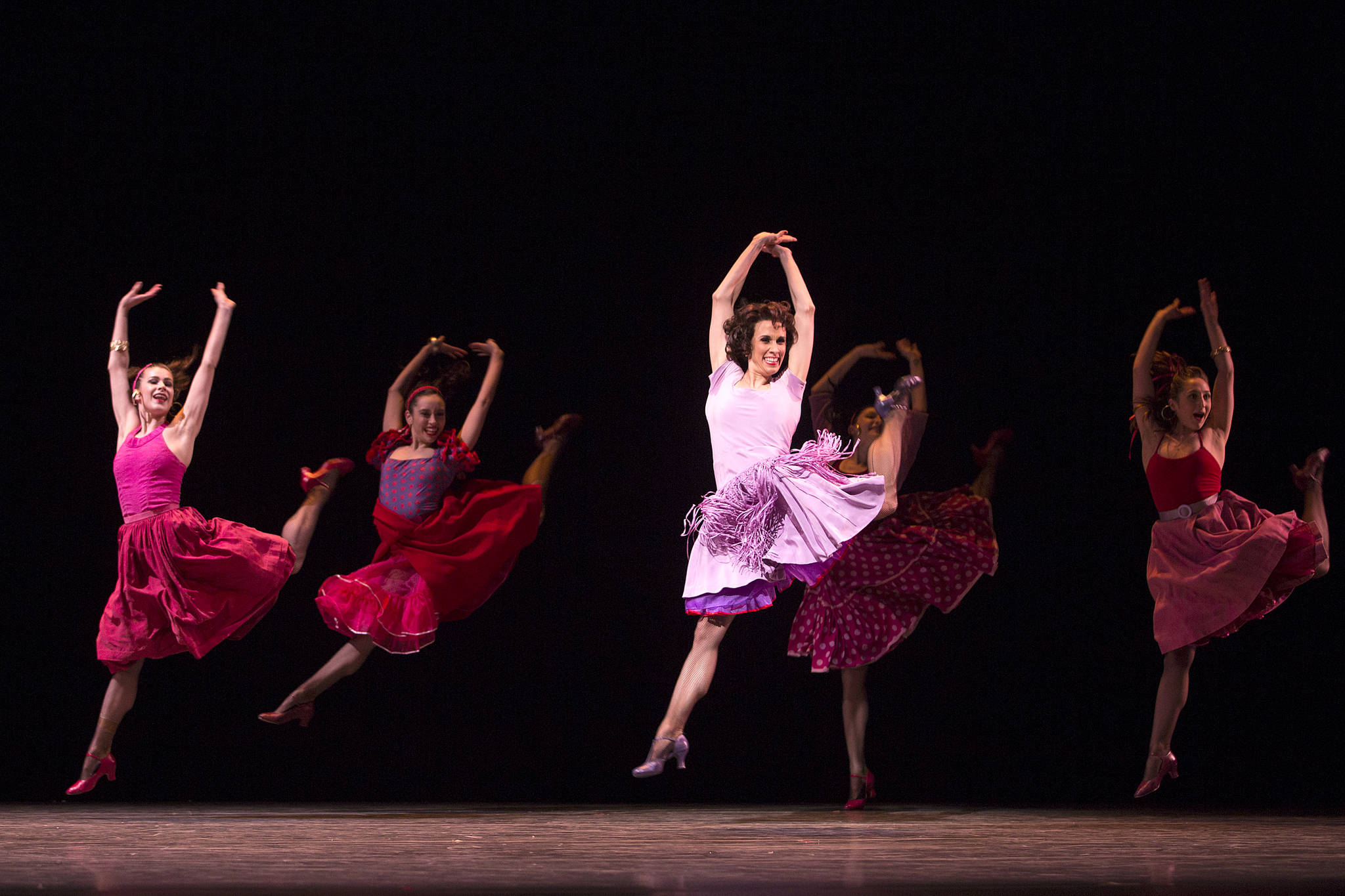BACH AND BEYOND does begin and end with that composer, but it travels far afield in between.
Concerto Barocco, George Balanchine’s staging of the Double Violin Concerto, opens the program with neoclassical coolness. This is the work that people often point to when they say that Balanchine makes the structure of music visible through dancing. There’s almost a one-to-one correspondence between the orchestra in the pit and the ensemble on the stage. The celestial geometry of the choreography feels so inevitable that any tiny variations in the performance stand out. Usually it’s the dancers’ legs that grab our attention as they eat up the space, but on opening night, Kaori Nakamura added a sweeping grandeur to her arms, emphasizing their momentum and weight. This interplay between her limbs underlined the rhythm of the score, adding new details to the picture.
Bach and Beyond
Pacific Northwest Ballet
March 23-25 at the Opera House
Kent Stowell made Duo Fantasy for television, and although he altered the ballet when he restaged it for the theater, it still shows its roots. Set inside a square that could double as a boxing ring or a holding pen, the dancers are as much focused toward each other as to the audience. They grapple, slouch, and stride inside their box, but we could use the perspective of the camera to get a closer view.
in the middle, somewhat elevated by William Forsythe was an explosion in the middle of the program, literally and figuratively. Harsh overhead lights snap on with the first metallic clang of the score by Thom Willems, and we see a group of dancers flexing their feet, moving into position, just waiting to start. The stage and the dancers are stripped for action. Forsythe takes the manners out of Balanchine’s neoclassicism and turns everything else up several notches. Legs fly, arms wheel, bodies pitch and swoop. Partnering has changed from ritualized courtship to high-octane gymnastics. “How high can this leg go? How fast can we get across the stage? What happens when we change directions in the middle of a leap?” The challenges of the style were exhilarating for the audience and the performers. Patricia Barker seemed to locate a new flexibility in her upper back, allowing her to slide through phrases like a magician. Ariana Lallone was a powerhouse, using her length to create a vortex around herself while she remained implacable at the center. By the end of the work the audience was surfing on a tidal wave.
In the closer, Lambarena, choreographer Val Caniparoli has mixed Bach with traditional African music, and ballet with African dance. The combination underlines their commonalties of rhythm and their differences in shape and physicality. The dance works best when the performers are willing to move from their pelvises, lead with their guts, and let the rest of the body respond in sequence. In the opening, some of the dancers seemed a bit tentative about this change of emphasis, but softened up further into the piece. Christophe Maraval was particularly daring, so that his head and hands seemed like exclamation points at the end of a whip.








